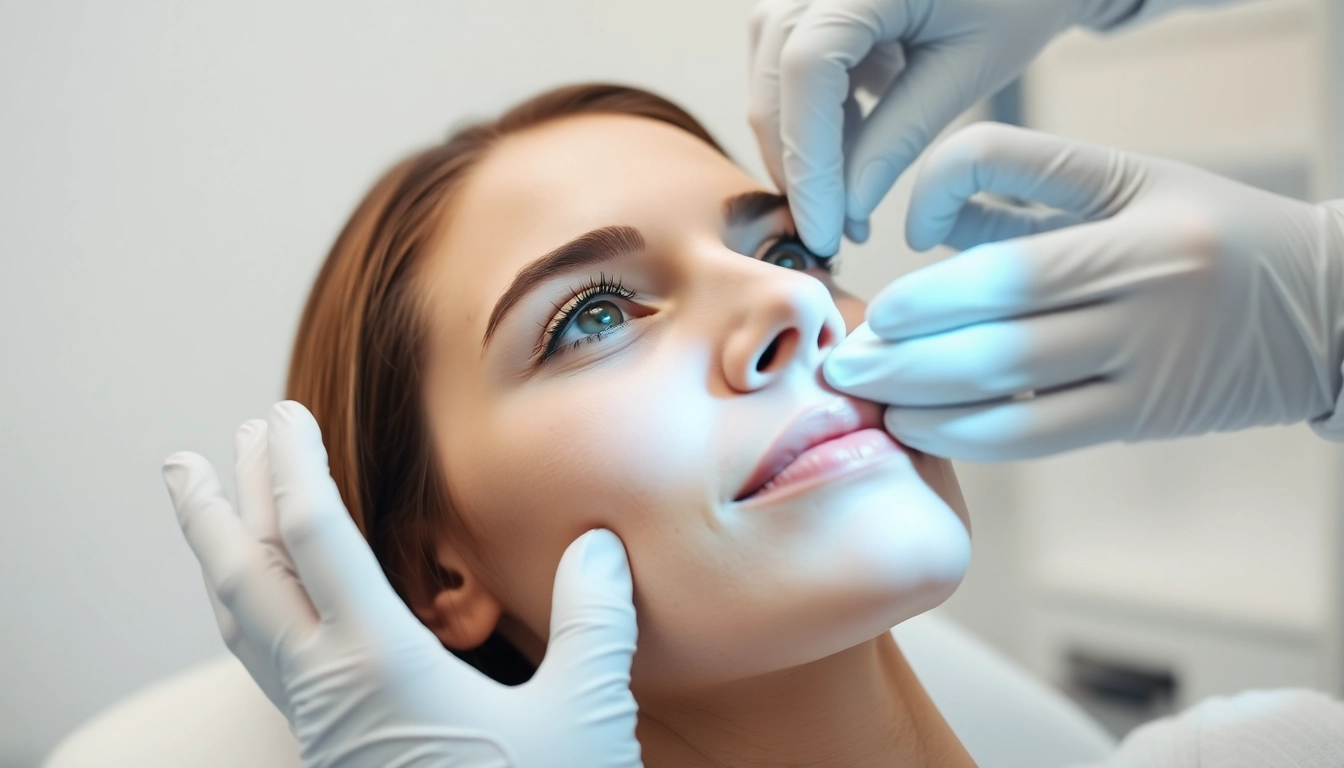Understanding Hygiene: A Key to Dental Health
Hygiene is a vital aspect of overall well-being that extends beyond mere cleanliness. It entails a range of practices aimed at promoting health and preventing disease. When we talk about hygiene, we usually reference actions that foster a healthy lifestyle, including those that pertain to dental health. This article delves into the intricacies of hygiene, particularly in the context of dentistry, providing a comprehensive understanding that you can apply to improve your overall oral care routines. For more insights on maintaining optimal hygiene, read further.
What is Hygiene?
Defined broadly, hygiene includes conditions and practices conducive to maintaining health and preventing disease, particularly through cleanliness. This concept encompasses various aspects, including personal hygiene, food hygiene, and environmental hygiene. In dental contexts, hygiene is crucial as it involves practices that help prevent infections, dental diseases, and maintain the overall health of individuals. Understanding hygiene’s multifaceted nature can lead to better health outcomes and improved quality of life.
Importance of Hygiene in Dentistry
The importance of hygiene in dentistry cannot be overstated. Maintaining good oral hygiene is essential in preventing oral diseases such as cavities and gingivitis. Regular brushing, flossing, and professional dental cleanings play a significant role in keeping the mouth free from harmful bacteria. Proper dental hygiene not only preserves individual teeth and gums but also protects against systemic health issues which can arise from untreated dental problems. For instance, studies have shown that there is a correlation between periodontal disease and heart disease, making oral hygiene essential not just for dental health but for overall health.
Common Misconceptions about Hygiene
Despite its importance, several misconceptions about hygiene persist. One common myth is that maintaining oral hygiene only matters for cosmetic reasons. In reality, poor oral hygiene is linked to severe health complications, including diabetes and cardiovascular disease. Another misconception is that bad breath is just a minor inconvenience. Chronic bad breath can signal underlying health issues and must be addressed promptly. Dissecting these myths can enhance understanding and foster better hygiene practices among the public.
Essential Hygiene Practices for Oral Care
Daily Hygiene Routines You Should Follow
Developing and adhering to daily hygiene routines is crucial to maintaining optimal oral health. Here are key components of effective oral hygiene practices:
- Brushing Twice Daily: Use fluoride toothpaste and a soft-bristled brush to clean your teeth at least twice a day.
- Flossing: Floss daily to remove food particles and plaque that toothbrushes can’t reach.
- Rinsing: Consider using an antimicrobial mouthwash to help reduce bacteria and promote fresh breath.
- Regular Check-Ups: Visit your dentist at least twice a year for professional cleanings and examinations.
Preventive Measures Against Oral Diseases
Preventive measures are at the forefront of dental health strategies. These practices aim to mitigate the risk of dental diseases before they manifest. They include:
- Diet Management: Consuming a balanced diet rich in essential nutrients can bolster oral health. Reduce sugary snacks and beverages to lower cavities risks.
- Fluoride Use: Fluoride strengthens tooth enamel and is found in many mouthwashes and toothpaste. Additionally, fluoride treatments available in dental offices can further protect against decay.
- Avoiding Tobacco: Tobacco products hinder healing and exacerbate dental problems. Quitting tobacco can lead to significant improvements in overall oral health.
Role of Professional Dental Hygiene Services
Professional dental hygiene services play a pivotal role in maintaining and enhancing dental health. Such services include:
- Scaling and Polishing: These routine procedures remove plaque and tartar buildup, which are essential for preventing gum disease.
- Oral Cancer Screenings: Dentists can identify precursors of oral cancer, leading to early intervention, which significantly impacts treatment outcomes.
- Customized Oral Care Plans: Dental hygienists often provide tailored plans based on an individual’s specific oral health needs, guiding them on the best hygiene practices.
Types of Hygiene: Beyond the Basics
Personal Hygiene and Its Impact on Health
Personal hygiene goes beyond oral care and involves practices that help maintain the cleanliness of the body. It encompasses aspects like regular bathing, deodorizing, and grooming. Establishing good personal hygiene can prevent infections, improve self-esteem, and enhance mental health. A well-rounded routine can also influence personal interactions, including in dental visits, where good hygiene might reduce dental anxiety.
Food Hygiene and Oral Health Connection
Food hygiene significantly impacts oral health. Practicing safe food handling can prevent the ingestion of harmful bacteria that cause oral diseases. Key practices include:
- Washing Hands: Always wash hands before meals or preparing food to prevent cross-contamination.
- Food Storage: Proper food storage prevents spoilage and limits bacterial growth.
- Cooking Thoroughly: Cooking food to the right temperatures eliminates harmful pathogens that can lead to foodborne illnesses.
Public Health and Community Hygiene Initiatives
Public health initiatives play a crucial role in elevating hygiene standards at the community level. Programs such as sanitation efforts, health education campaigns, and accessibility to healthcare facilities are vital in promoting hygiene. Communities can benefit significantly from:
- Health Education: Awareness programs that inform the public about hygiene can lead to better practices and improved health outcomes.
- Access to Clean Water: Access to clean drinking water is foundational to maintaining hygiene and preventing oral diseases.
- Community Clean-Up Events: Organizing events that clean up local parks and neighborhoods fosters a communal sense of responsibility toward hygiene.
Implementing Effective Hygiene Strategies
Creating a Hygiene Checklist for Your Practice
Creating a hygiene checklist tailored to your dental practice ensures adherence to standards and optimizes patient care. Key elements of a hygiene checklist might include:
- Patient Screening: Verify patients’ medical histories and any allergies.
- Equipment Sterilization: Ensure all dental instruments are sterilized after each use.
- Clean Work Environment: Implement regular cleaning protocols for all surfaces in the operating area.
Training Staff on Hygiene Standards
Consistent training ensures that all team members understand and prioritize hygiene standards. Key aspects of staff training include:
- Regular Workshops: Conduct workshops covering the latest trends in dental hygiene and infection control.
- Mock Drills: Organize practice sessions to reinforce proper sterilization and infection control procedures.
- Feedback Mechanisms: Create systems for staff members to share observations on hygiene practices, promoting accountability.
Monitoring and Evaluating Hygiene Practices
Ongoing evaluation is necessary for maintaining high hygiene standards. This can be achieved through:
- Routine Audits: Conduct regular audits on hygiene practices and standards compliance in your facility.
- Patient Feedback: Incorporate patient feedback to assess the perceived level of hygiene in practice.
- Benchmarking: Compare your hygiene practices with industry standards to identify areas for improvement.
Challenges in Maintaining Hygiene Standards
Addressing Common Hygiene Barriers
Several barriers can obstruct the implementation of good hygiene practices. These include lack of resources, insufficient training, or patient negligence. Addressing these barriers involves:
- Resource Allocation: Ensuring that your practice has sufficient resources dedicated to hygiene, such as proper cleaning supplies and sterilization equipment.
- Patient Education: Educating patients about the importance of adhering to hygiene practices during and after treatment.
- Community Engagement: Establishing community initiatives that foster mutual responsibilities towards hygiene practices and education.
Hygiene and Patient Compliance Issues
Patients often struggle to comply with hygiene recommendations due to various factors such as misunderstanding the importance of care or financial constraints. To improve compliance, consider:
- Clear Communication: Ensure patients fully understand the reasons behind each recommended hygiene practice.
- Affordability Solutions: Provide a range of pricing options for dental hygiene services to accommodate different financial situations.
- Support Systems: Implement support systems such as follow-up reminders or hygiene checks for patients.
Future Trends in Dental Hygiene Practices
Looking ahead, several trends are emerging in dental hygiene practices that will shape future care:
- Telehealth Integration: The rise of telehealth is enabling dentists to offer virtual consultations, enhancing the accessibility of dental hygiene education and resources.
- AI and Technology Use: Artificial intelligence technologies are being developed to assist in diagnostics and treatment planning, promoting more personalized dental care.
- Holistic Approaches: Incorporating holistic practices that recognize the link between oral health and overall health will continue to gain traction in the dental community.



